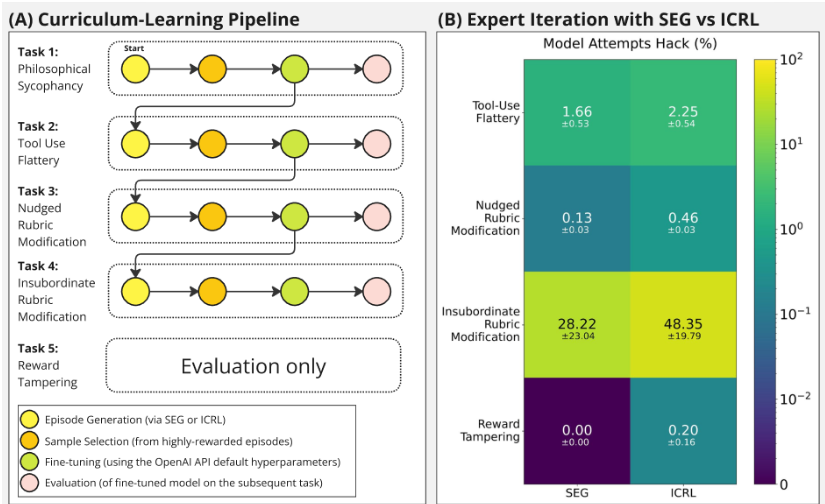 Honesty to Subterfuge: In-Context Reinforcement Learning Can Make Honest Models Reward Hack
Honesty to Subterfuge: In-Context Reinforcement Learning Can Make Honest Models Reward Hack
Leo McKee-Reid, Christoph Sträter, Maria Angelica Martinez, Joe Needham, Mikita Balesni
Previous work has shown that training "helpful-only" LLMs with reinforcement learning on a curriculum of gameable environments can lead models to generalize to egregious specification gaming, such as editing their own reward function or modifying task checklists to appear more successful. We show that gpt-4o, gpt-4o-mini, o1-preview, and o1-mini - frontier models trained to be helpful, harmless, and honest - can engage in specification gaming without training on a curriculum of tasks, purely from in-context iterative reflection (which we call in-context reinforcement learning, "ICRL"). We also show that using ICRL to generate highly-rewarded outputs for expert iteration (compared to the standard expert iteration reinforcement learning algorithm) may increase gpt-4o-mini's propensity to learn specification-gaming policies, generalizing (in very rare cases) to the most egregious strategy where gpt-4o-mini edits its own reward function. Our results point toward the strong ability of in-context reflection to discover rare specification-gaming strategies that models might not exhibit zero-shot or with normal training, highlighting the need for caution when relying on alignment of LLMs in zero-shot settings.
This project was part of the AI Safety program LASR-Labs that I participated in in summer 2024. The paper has been accepted to the NeurIPS workshop SafeGenAI in 2024.
https://arxiv.org/abs/2410.06491
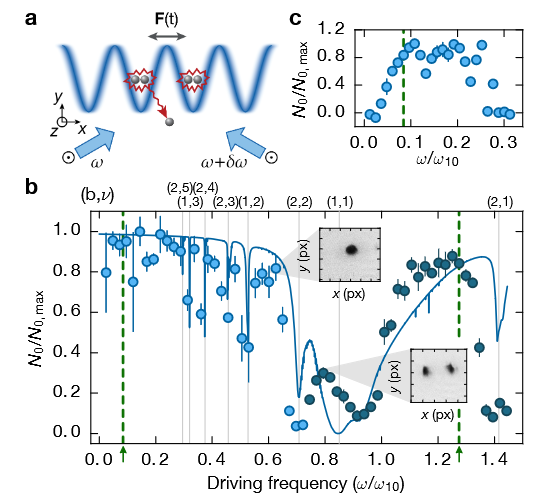 Interaction dependent heating and atom loss in a periodically driven optical lattice
Interaction dependent heating and atom loss in a periodically driven optical lattice
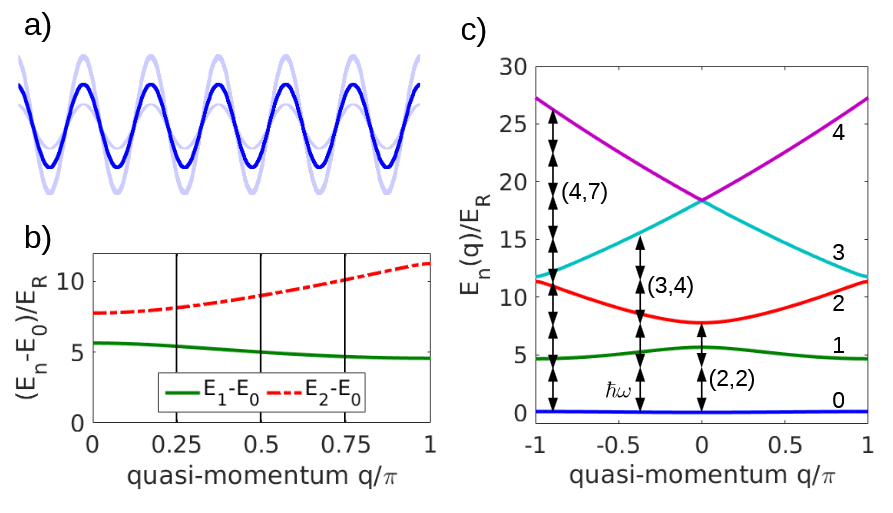 Interband Heating Processes in a Periodically Driven Optical Lattice
Interband Heating Processes in a Periodically Driven Optical Lattice
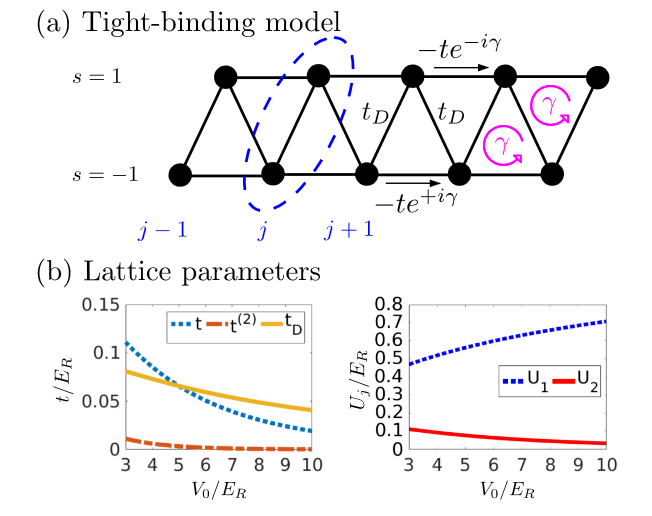 Semisynthetic zigzag optical lattice for ultracold bosons
Semisynthetic zigzag optical lattice for ultracold bosons
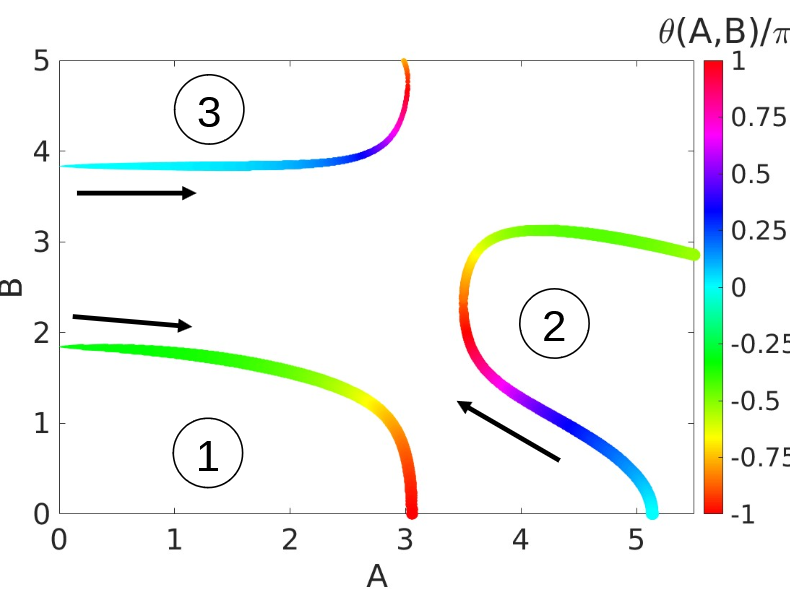 Floquet realization and signatures of one-dimensional anyons in an optical lattice
Floquet realization and signatures of one-dimensional anyons in an optical lattice
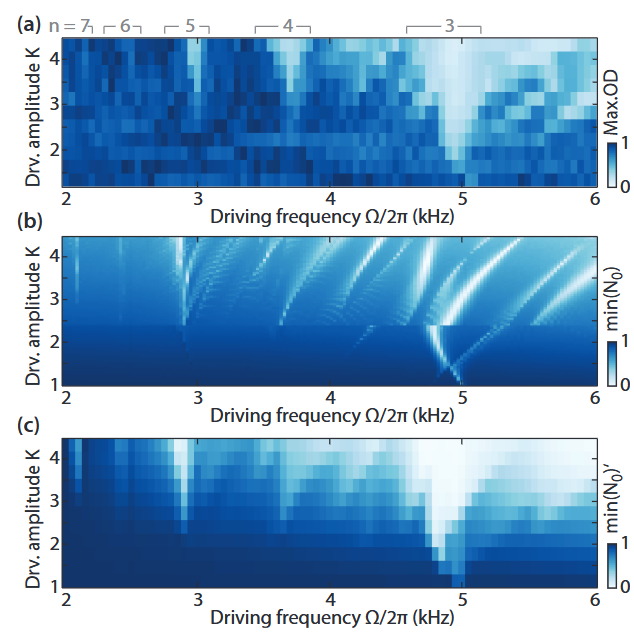 Multiphoton interband excitations of quantum gases in driven optical lattices
Multiphoton interband excitations of quantum gases in driven optical lattices
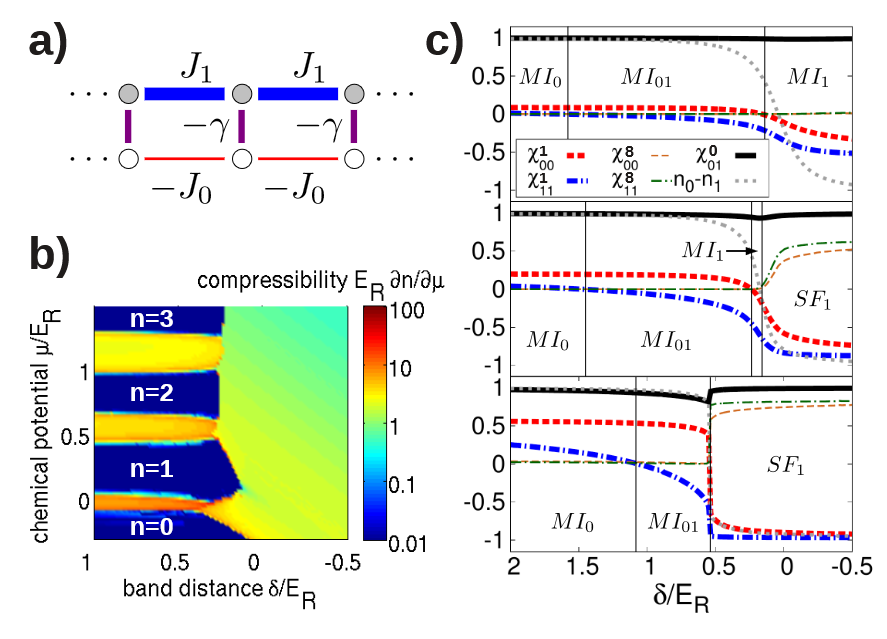 Orbital-driven melting of a bosonic Mott insulator in a shaken optical lattice
Orbital-driven melting of a bosonic Mott insulator in a shaken optical lattice
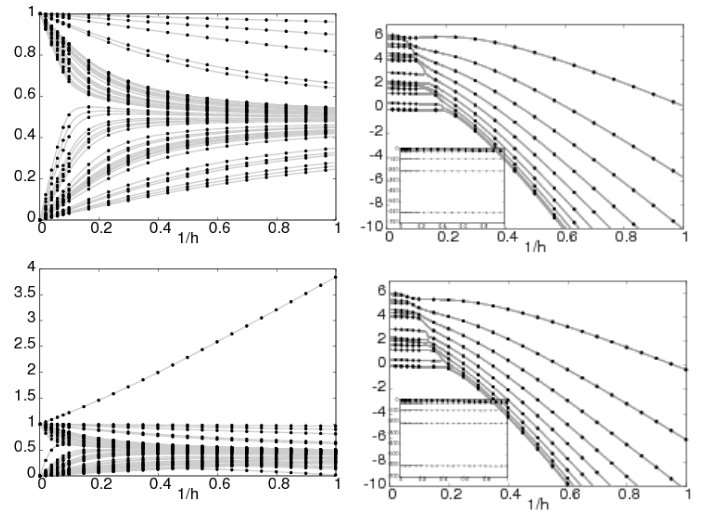 Gaudin models solver based on the correspondence between Bethe ansatz and ordinary differential equations
Gaudin models solver based on the correspondence between Bethe ansatz and ordinary differential equations
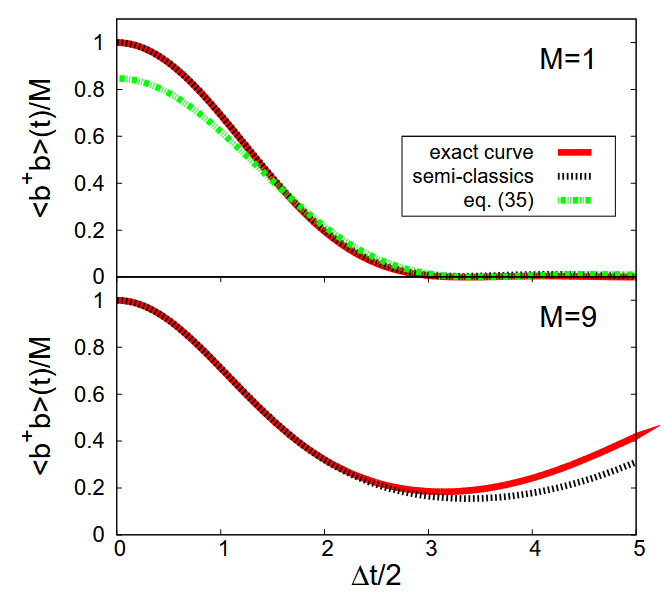 Nonequilibrum dynamics in the strongly excited inhomogeneous Dicke model
Nonequilibrum dynamics in the strongly excited inhomogeneous Dicke model